General Information
The interface with Autodesk Revit is part of a wide range of formats for data exchange supported by Dlubal Software. Hence, if Autodesk Revit and the associated plug-in are installed in addition to RFEM 6 or RSTAB 9, the interface is available to you and you can exchange data between these structural analysis and CAD programs.
Please note that the installation differs from that for RFEM 5 and RSTAB 8, where the interface with Autodesk Revit is automatically installed during the installation of RFEM or RSTAB. For RFEM 6 and RSTAB 9, on the other hand, manual installation of the plug-in is required. To do this, you need to navigate to the folder shown in Image 2 and run the .exe file to install the direct interface.
Also note that a WebService license is currently required for communication between Revit and RFEM 6/RSTAB 9, but this will be freely available in the future. In this context, please make sure that you activate the option "Start the server automatically with the application" in RFEM 6 in the "Program Options & Settings" (Image 3).
Dlubal-Relevant Structural Objects in Revit
Autodesk Revit offers extensive visualization options and special tools for creating an analytical model which once transferred to RFEM 6 or RSTAB 9 can be adjusted and optimized, and a structural analysis can be carried out. Since RFEM/RSTAB is based on an object-oriented structural model and Revit Structure is based on parametric structural modeling, the intelligence of the objects is not lost during data exchange.
In this way, you get an equivalent object in both Revit and RFEM/RSTAB and not just a collection of lines or surfaces. The Dlubal-relevant structural objects currently implemented in Revit are shown in Image 4. This list is under construction and will include loads in near future.
Dlubal Parameters in the Revit Interface
There are some parameters which are specific to RFEM 6/RSTAB 9 and do not exist in Revit by default. For this reason, the Revit objects can be supplied with additional information, which RFEM/RSTAB then reads out accordingly. This can be done via “Dlubal Parameters” in Revit, which are only enabled after activation in various dialog boxes (via "Add Parameters" → "Start").
In this way, the RFEM/RSTAB-specific information can be stored in Revit. When exporting from Revit to RFEM 6 or RSTAB 9, this information is then correctly interpreted in RFEM/RSTAB.
Since this part of the interface is still under development, only the following Dlubal parameters can currently be defined (marked red in Image 5):
- "Member Type Truss", which corresponds to the member type “Truss” in RFEM/RSTAB and can be defined and saved in the analytical object properties
- “Member Type Tension”, which corresponds to the member type “Tension Member” in RFEM/RSTAB and can also be defined and saved in the analytical object properties
- "Without Tension", which corresponds to the "Without membrane tension" surface type stiffness
- “Surface Support", which creates a surface support with the specified spring constants in RFEM
- "Dlubal Name (Material)", which allows to directly assign the Dlubal material name (without using the conversion table)
- "Dlubal Name (Cross-Section)", which allows to directly assign the Dlubal cross-section name (without using the conversion table)
However, the following Dlubal parameters will be available in future:
Conversion Table
If you are familiar with BIM and exchange of data between different programs, you may know that each software has its own specifications regarding the description of cross-sections and materials. Therefore, a conversion table for exporting information to Autodesk Revit and vice versa is offered (Image 6).
Please note that compared to the data exchange between RFEM 5 and Revit, the conversion table is now offered in the Revit program itself for RFEM 6. The left side of the table (that is, the left column) controls the conversion for export from Revit to RFEM 6, while the right side (that is, the right column) controls the conversion for import from RFEM 6 to Revit.
Each of these columns is divided on the one hand into material conversion and on the other hand into section conversion. The material and section conversion is then subdivided depending on whether you use regular expressions or not. Regular expressions allow multiple objects to be converted into one entry. This means that you can use regular expressions, for example, instead of listing all separate sections of a certain section type. If you are interested in creating regular expressions, the following link might be useful for you: https://regex101.com/.
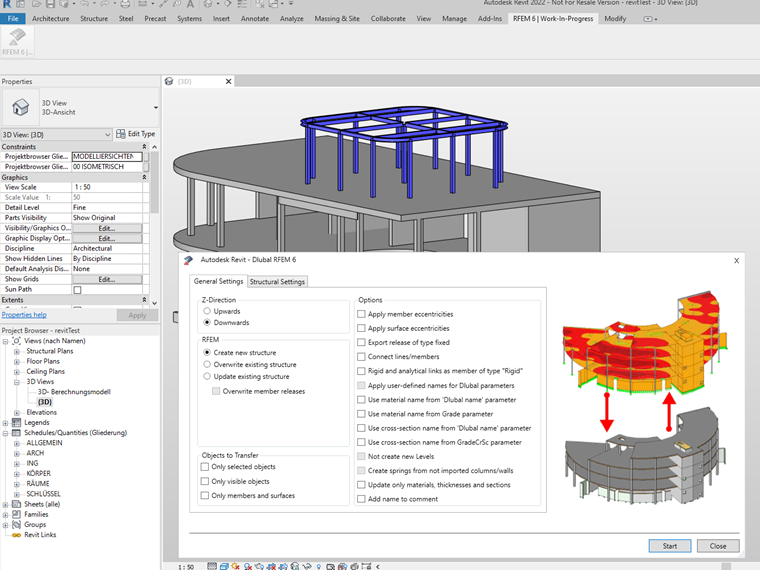
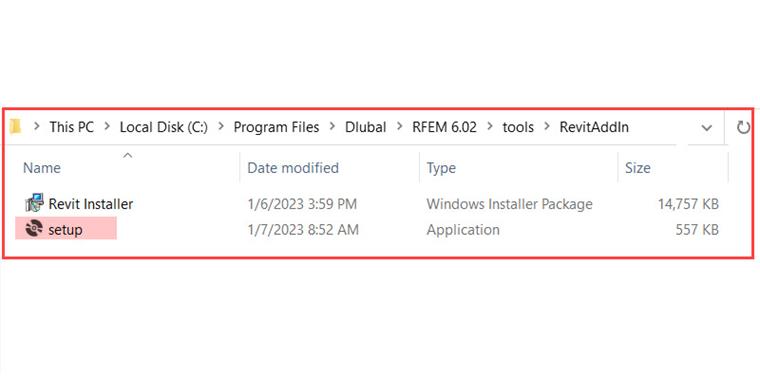
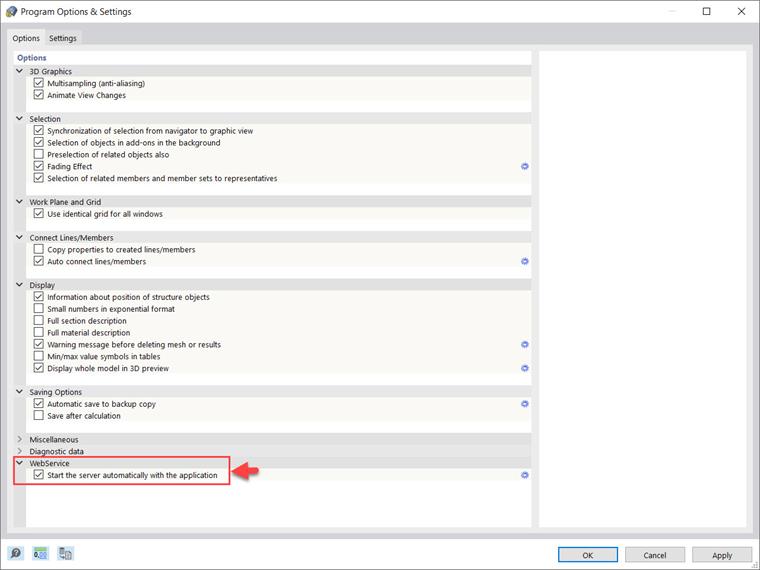
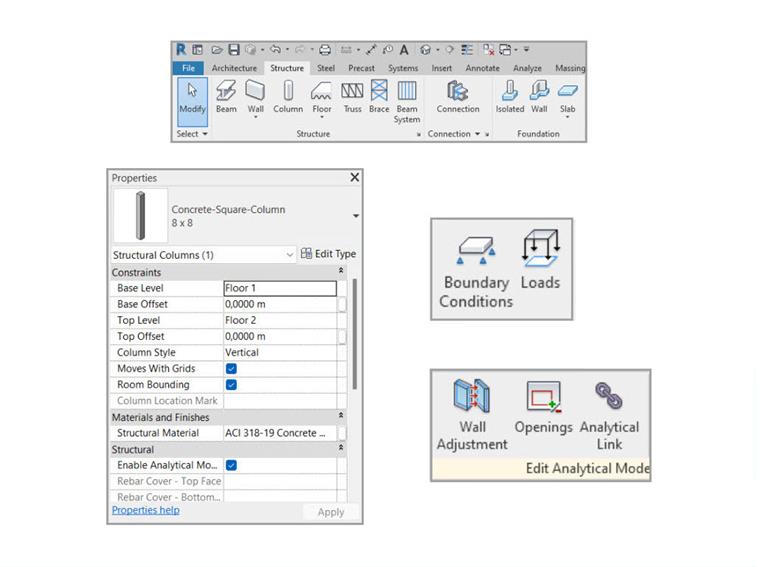
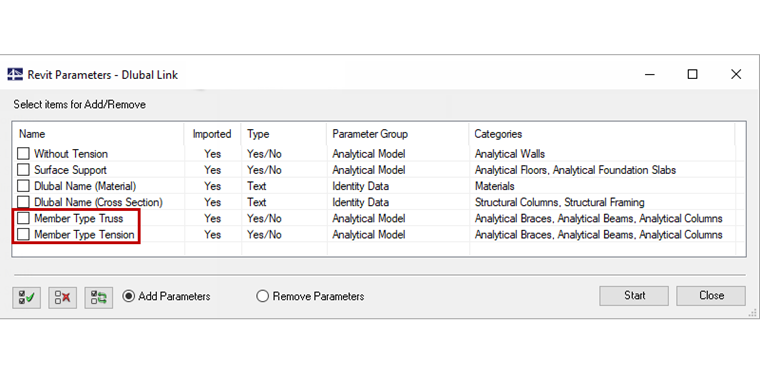
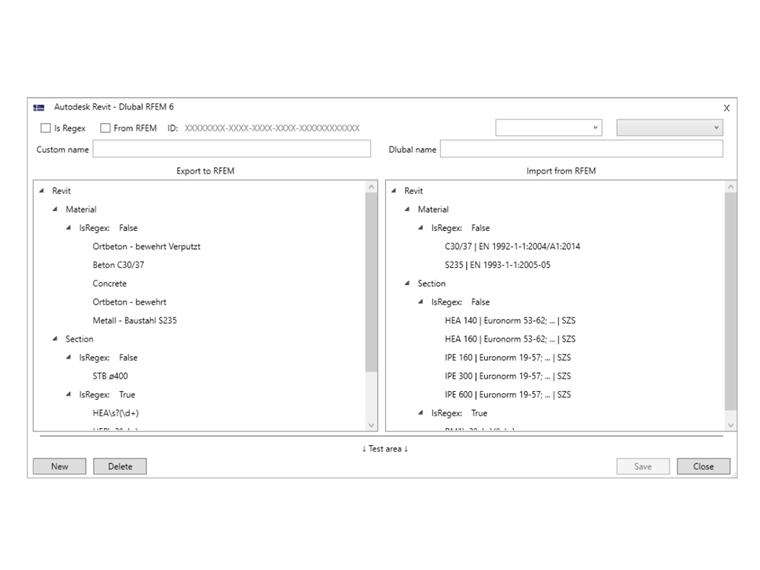
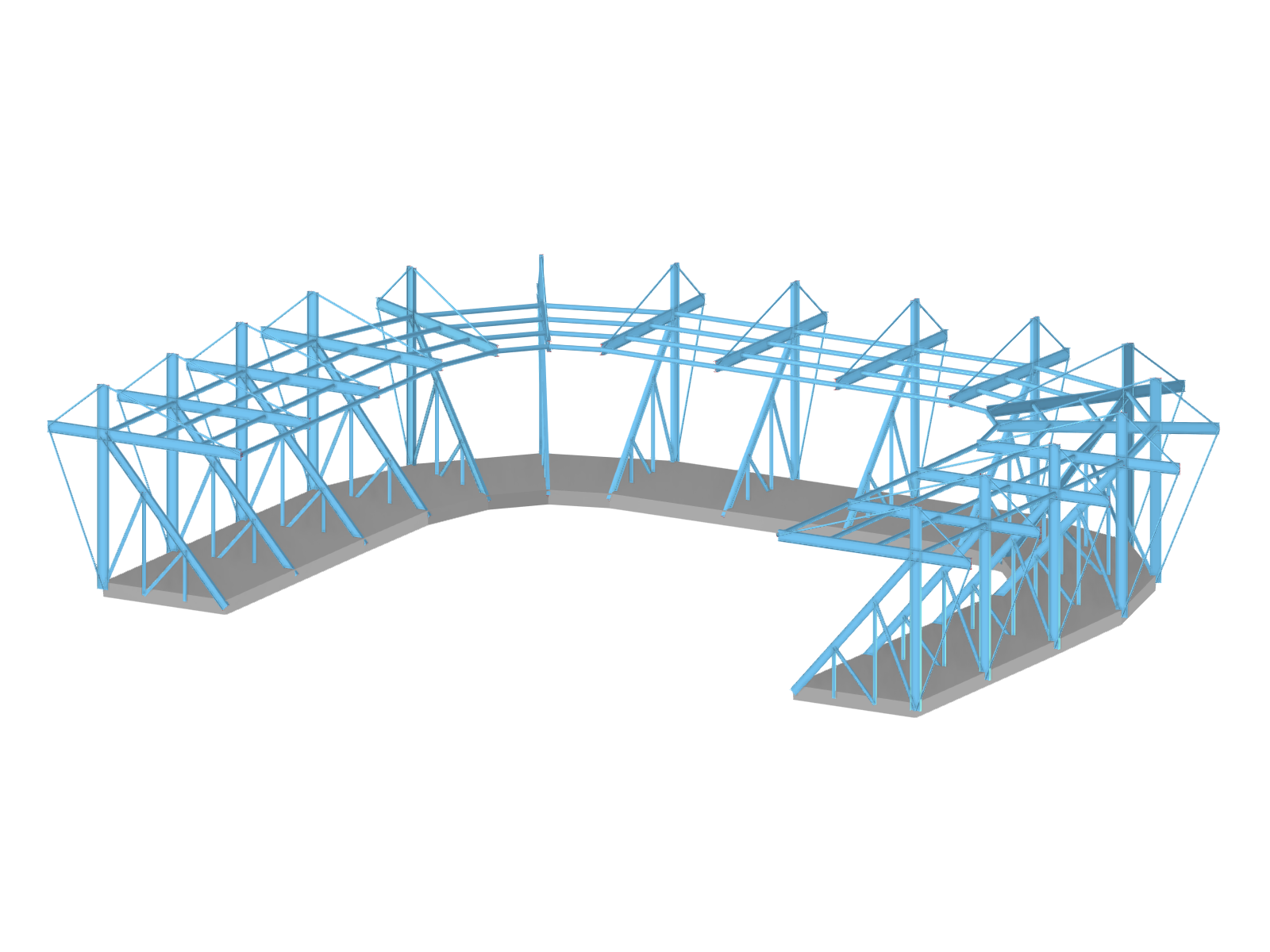.png?mw=760&hash=bf72e41c9fb81bcd534271519a7df0d36986f07b)



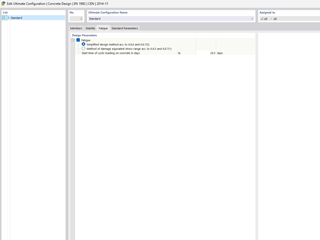
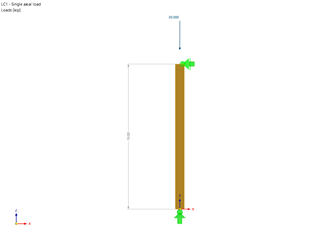





















.png?mw=350&hash=d538a044ed58714e93ef2f2fb0fe731b25e855ee)








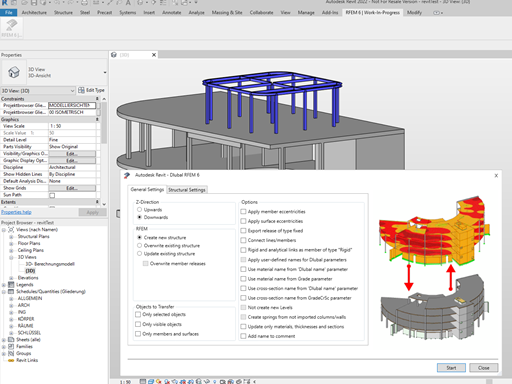
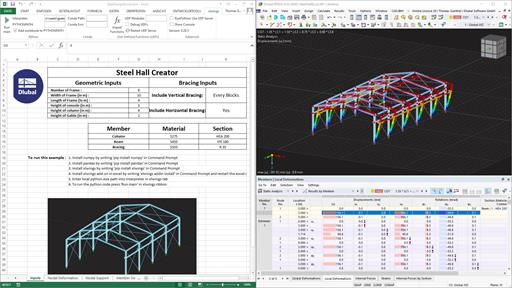
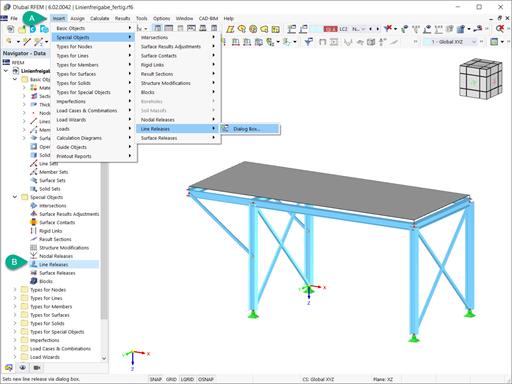













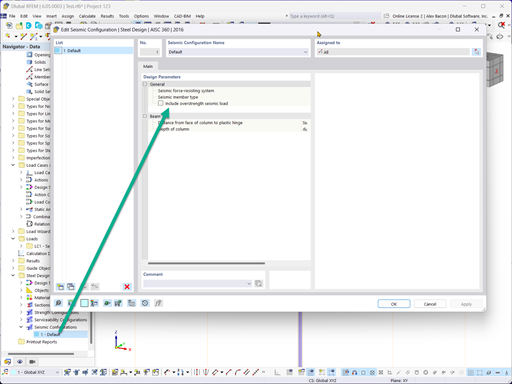








.png?mw=600&hash=49b6a289915d28aa461360f7308b092631b1446e)











